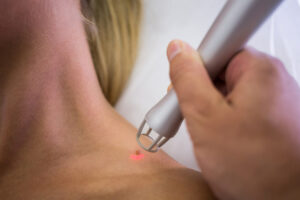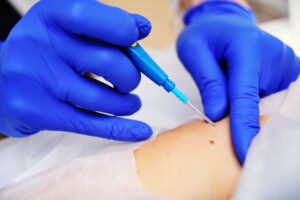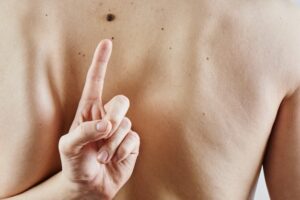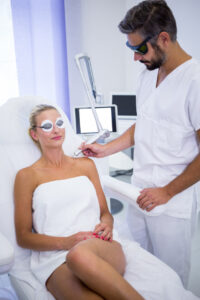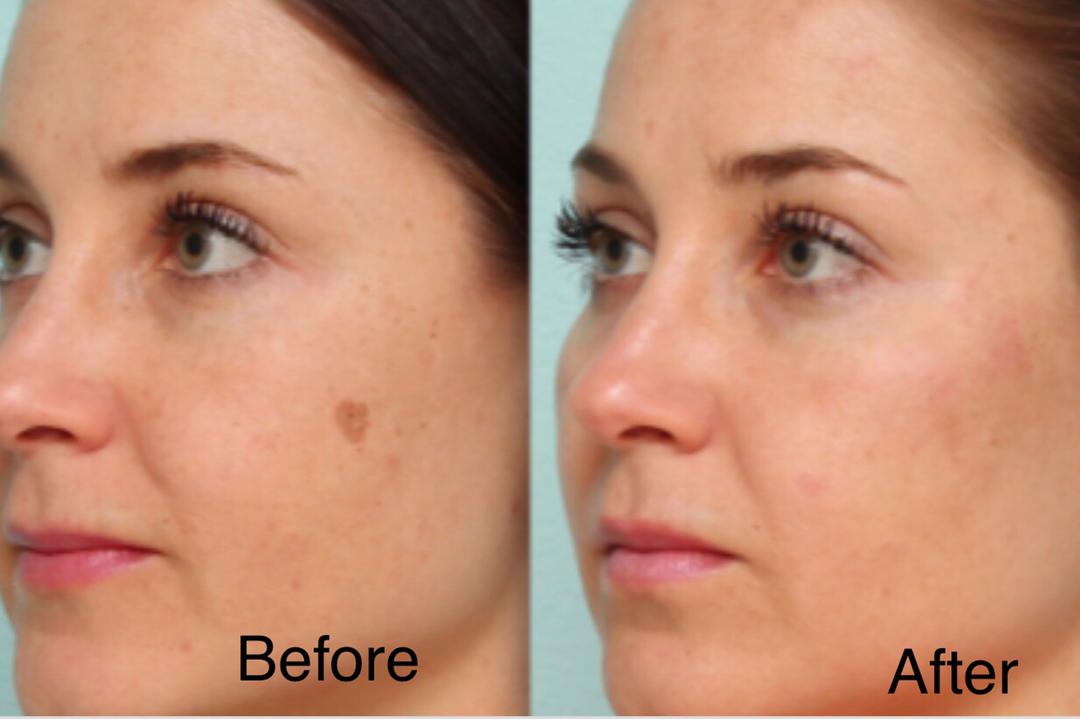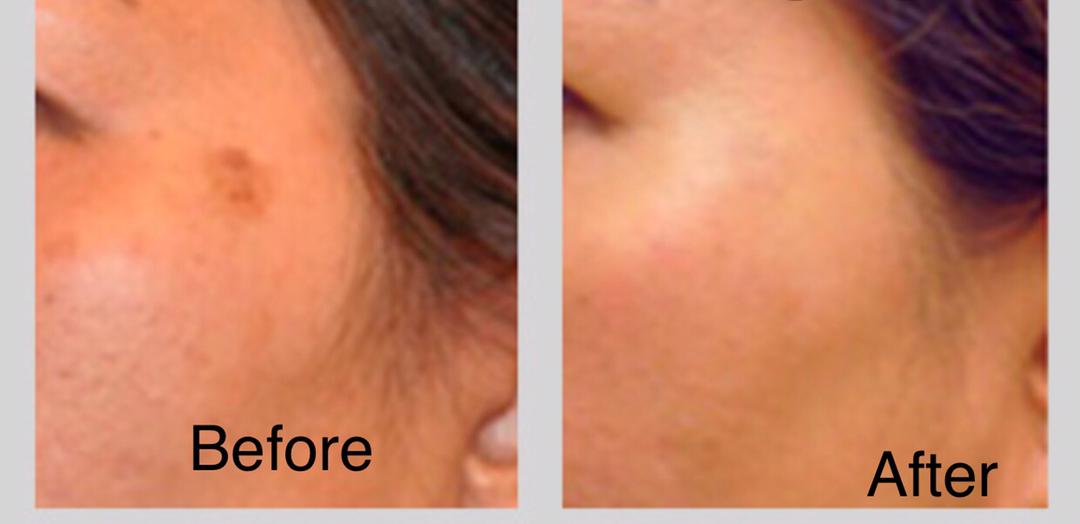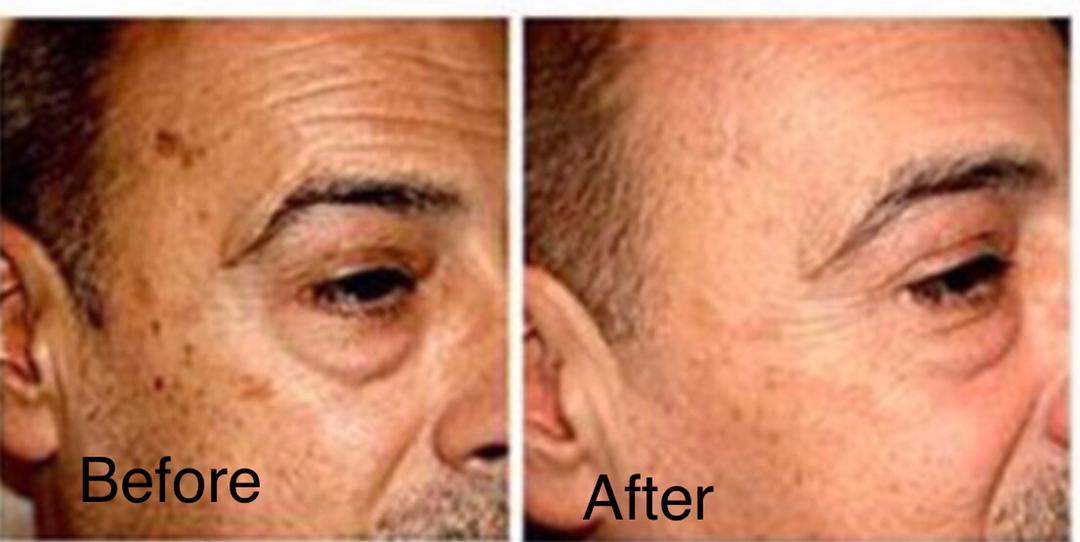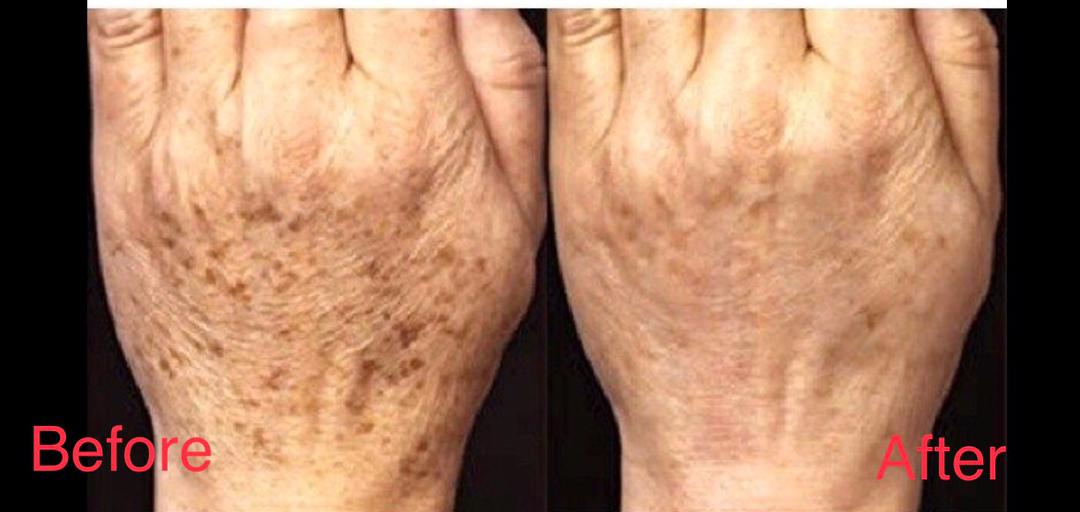SPOT REMOVAL
If you feel that age spots are telling people you’re past your prime, you may be able to fade those spots significantly. Sometimes, you can even get rid of them.
Before you treat age spots, however, you should know a few facts. These facts can protect your health and help you to get the best results.
Many treatment options are available for age spots
You’ll find 2 types of treatment for age spots:
Creams and lotions
Procedures
Procedures, which include RF spot removal and chemical peels, tend to work faster.
Creams and lotions, however, require discipline. To see results, you have to apply a cream or lotion once or twice a day for weeks or months.
Here’s what you should know about your treatment options.
Creams and lotions: You’ll find plenty of skin-lightening products that manufacturers claim will get rid of age spots. Many you can buy without a prescription.
Before you buy any product, it’s important to know that some contain ingredients that can be harmful to your health.
If you’d prefer to use a cream or lotion to treat age spots, the Mac Beauty Center recommends you the best products that suits your skin.
RF spot removal (procedure):
can treat age spots, skin tags, wart, superficial mole and freckles quickly and you’ll likely have longer-lasting or permanent results than with a skin-lightening cream.
Sun protection is essential after treating age spots
No matter which treatment you choose, it’s important to know that age spots can return. You can prevent this by protecting your skin from the sun.
To get the protection you need, you must apply sunscreen every day before you go outside. Not just any sunscreen will do. You need a sunscreen that offers:
Broad-spectrum protection
SPF 30 or higher
Water resistance
Covering your skin with sun-protective clothing — such as a lightweight and long-sleeved shirt, pants, a wide-brimmed hat, and sunglasses with UV protection — can also protect your skin.
- Your skin may be temperature sensitive for several days after treatment.
- It will take 4-6 weeks to see the full result and 2 treatments may be required to achieve an optimum result.
- Brown spots and freckles will appear darker while healing.
- Blistering and crusting are rare; however, if crusts do occur a thin layer of over-the-counter antibiotic ointment such as Polysporin® can be applied 2-3 times a day for 3 days.
- Use mild cleansers and moisturizers. We will be happy to recommend appropriate products.
- Avoid harsh topical products such as retinols and glycolic acid products for one week after.
- Avoid direct sunlight on the treated area and use a broad spectrum UVA/UVB sunscreen of SPF 30 or greater for 4 -6 weeks after your treatment.
Most people do not need time to recover after microdermabrasion. If a person does experience side effects, they tend to disappear after a few days.
In the majority of people, the skin will recover enough for another microdermabrasion session within a week.

